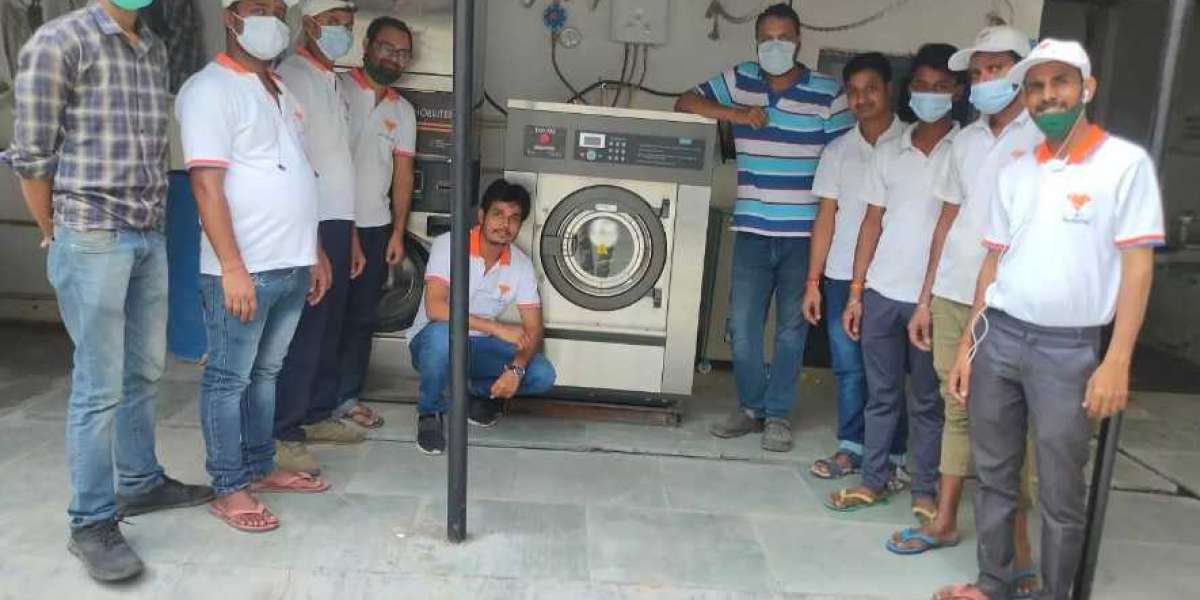As a tester, you know that quality is everything. Delivering high-quality software requires more than just testing at the end of each sprint or release cycle. This is where quality gates come in! Quality gates are checkpoints that help ensure deliverables meet certain standards throughout the development process. By implementing effective quality gates, testers can save time and resources while improving overall product quality. In this blog post, we'll explore what quality gates are and how to implement them effectively with tips and best practices for testers. So let's dive into the world of effective quality gates!
What are quality gates?
Quality gates are checkpoints or thresholds that act as a filter for deliverables throughout the development process. These gateways ensure that each task is met with specific standards and requirements before moving onto the next phase of development.
The primary goal of quality gates is to minimize risks, detect defects early, and save valuable time and resources in software development. As a result, it helps teams release higher-quality products on time while meeting customer expectations.
Quality gates can be implemented at any point in the development process, ranging from code reviews to design phases and automation testing stages. Each milestone has its criteria and set of indicators to evaluate whether they meet certain standards or not. This makes it easier for testers to keep track of progress while ensuring consistency across all deliverables.
Quality Gates are an essential part of effective software management practices. By implementing them effectively throughout your project lifecycle, you can ensure each task meets specific requirements before proceeding further into the product's final build stage.
The benefits of quality gates for testers
Quality gates are an essential part of any testing process. They serve as checkpoints to ensure that the software being developed meets specific quality criteria and is ready for release. Testers play a crucial role in implementing effective quality gates because they are responsible for ensuring that the product meets customer expectations.
One of the most significant benefits of quality gates is that they help testers catch defects early on in the development cycle, reducing the overall cost of fixing bugs later on. By catching issues before they become major problems, developers can save time and money by addressing them early on.
Another benefit of using quality gates is improved communication between team members. Quality standards are clearly defined, so everyone knows precisely what needs to be done at each stage of development. This helps reduce misunderstandings and ensures that all team members have a clear understanding of their roles and responsibilities.
Effective quality gates also promote collaboration between developers, testers, and other stakeholders involved in software development. By working together towards common goals, teams can identify potential risks or roadblocks earlier in the process and work collaboratively to overcome them.
Tips for implementing effective quality gates
When it comes to implementing effective quality gates, testers need to keep in mind a few tips that can help them achieve their objectives. First and foremost, it is essential to identify the right metrics for measuring quality at every stage of the development process.
Next, you should ensure that everyone involved in the development process understands why quality gates are important and agrees on what constitutes acceptable quality levels. This can help prevent disagreements later on and streamline decision-making during testing.
Another tip is to automate as much of the testing process as possible. Automation tools can save time and resources while ensuring consistent and accurate results. However, it's important not to rely too heavily on automation - manual tests are still necessary for catching edge cases that automated tests may miss.
Make sure your quality gate criteria are well-documented so that they can be easily communicated with all stakeholders - including developers, QA testers, product owners or project managers - throughout the development cycle. By following these tips when implementing effective quality gates, testers can improve software reliability while reducing costs associated with rework or maintenance down the line.
Best practices for quality gates
When it comes to implementing quality gates, there are certain best practices that testers can follow to ensure their effectiveness. It's important to establish clear criteria for passing or failing each gate. This helps avoid confusion and ensures a consistent approach.
Another best practice is to involve all stakeholders in the process of defining and implementing the quality gates. By doing so, everyone has a shared understanding of what constitutes good quality and can work together towards achieving it.
Regularly reviewing and refining the quality gates is also essential for ensuring their continued effectiveness. This involves gathering feedback from team members and making adjustments as necessary based on changing requirements or new information.
Automating the testing process wherever possible is another best practice for implementing effective quality gates. Automation reduces manual effort, increases consistency, and allows more thorough testing to be carried out within shorter timeframes.
Documenting all aspects of the quality gate implementation process including its objectives, criteria used for evaluating performance etc., helps maintain transparency throughout the project lifecycle.
Conclusion
Implementing effective quality gates in your software development process can help testers ensure that their work meets the highest standards of quality. By following these tips and best practices, you can streamline your testing procedures and catch any issues before they make it to production.
Remember to define your goals upfront, involve stakeholders throughout the process, automate where possible, and continuously measure and improve upon your quality gate metrics. With these practices in place, you'll be able to deliver high-quality software that meets or exceeds customer expectations every time.
Effective Quality Gates are an essential part of reducing risk in software development by enabling testers to identify potential problems early on. As such a vital component of the QA process for modern applications and services alike – we cannot neglect this discipline if we want our products to meet customers' needs.
By adhering to these guidelines when introducing quality gates into your organization’s processes framework- you will reduce errors caused by human error while improving overall test coverage rates across multiple environments simultaneously!








